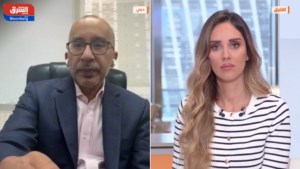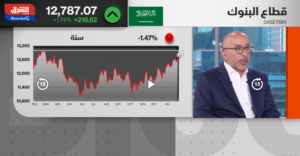One of the theories voiced of late about Dubai’s real estate market has been the one gaining traction throughout the developed world.
This theory, in a nutshell, states that in the last decade, quantitative easing has not resulted in too much money chasing too few goods, but rather has bid up prices of real estate and fuelled a construction boom. At the private sector level, this has come at the cost of investing in their own business, and instead running “treasury operations”, lured by the prospect of super-normal profits.
With sluggish economic conditions, and higher cost of living pressures in place over the last year, businesses have responded by selling real estate assets, thus exerting downward pressure on prices. This process has been accentuated by the end of cheap money and rising interest rates, suggesting a period of further asset price pressure ahead.
The above carries some credence, as we all know that private sector participation in real estate markets expanded significantly and it could have only done so if liquidity was deployed from their business operations towards real estate.
Yet, it suffers from a few drawbacks in narrative. Firstly, for all the downward price pressure that analysts and investors wring their hands about, prices in aggregate are significantly higher than at the end of the 2008-11 boom-bust cycle, suggesting that there are other dynamics at play than mere liquidity excesses.
Secondly, if there is indeed a mismatch between savings and investment, then fiscal stimulus is the optimal outcome. This the government has already implemented, with a raft of further reforms to come.
Thirdly, and perhaps most critically, the narrative does not take into account the volatility of price cycles that inevitably occur in a rapidly urbanising city. There will always be periods where the level of infrastructure (both housing and social) will be inadequate to the needs of the population.
During this time, asset prices are bid up aggressively. Conversely, there will always be periods where the level of infrastructure is at an excess to what is needed. During these periods, it is the level of private sector activity that needs to catch up to the “hardware” that is in place.
A better explanation therefore would be that liquidity has been allocated to real estate assets. Therefore, there remains a considerable slack that needs to be utilised. At the micro level, this entails consolidation in a number of industries, which in certain cases translates into some level of pain.
However, on a macroeconomic level, the signs of an economy that is not operating at full capacity are clear. This has been construed to imply all kinds of negative outcomes.
At its core, it fails to comprehend the fact that a rapidly urbanising city is actually expanding its economic capacity, often getting ahead of what the demand curve is projecting. This becomes a more accurate explanation for the subdued growth in real wages, corporate profitability and of GDP growth.
Based on this, but for the liquidity allocation to real estate, growth would be weaker still.
This does not mean that all is well; certainly some of the worries regarding post-handover payment plans (or shadow financing) need to be scrutinised. Even here, the Darwinian dynamic is playing itself out as we speak with developer incentives moving progressively from the off-plan space towards the ready market, implying a “winnowing out” of supply.
In price cycle theory (as in physics), these perturbations are a part of the ecosystem. Dubai has done a tremendous job in putting in the “hardware” into place; what is now left is the activation of “software” — the revival of animal spirits in order to trigger the next phase of economic growth.
The press has been looking back on the 10th anniversary of the financial crisis, talking about the risks that remain in the system.
Rather than resorting to the apotropaic, the UAE government continues to remain proactive in terms of its policymaking and with a raft of measures on the anvil, what is assured is that the private sector animal spirits are on the cusp of revival.
Private sector providers of capital should take cognisance of this.
Sameer Lakhani is Managing Director of Global Capital Partners.





